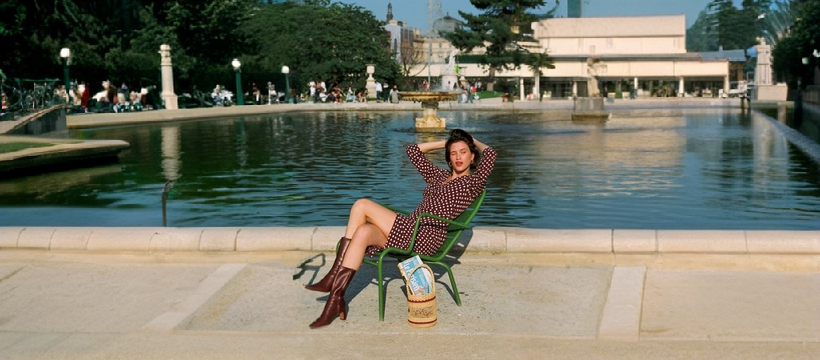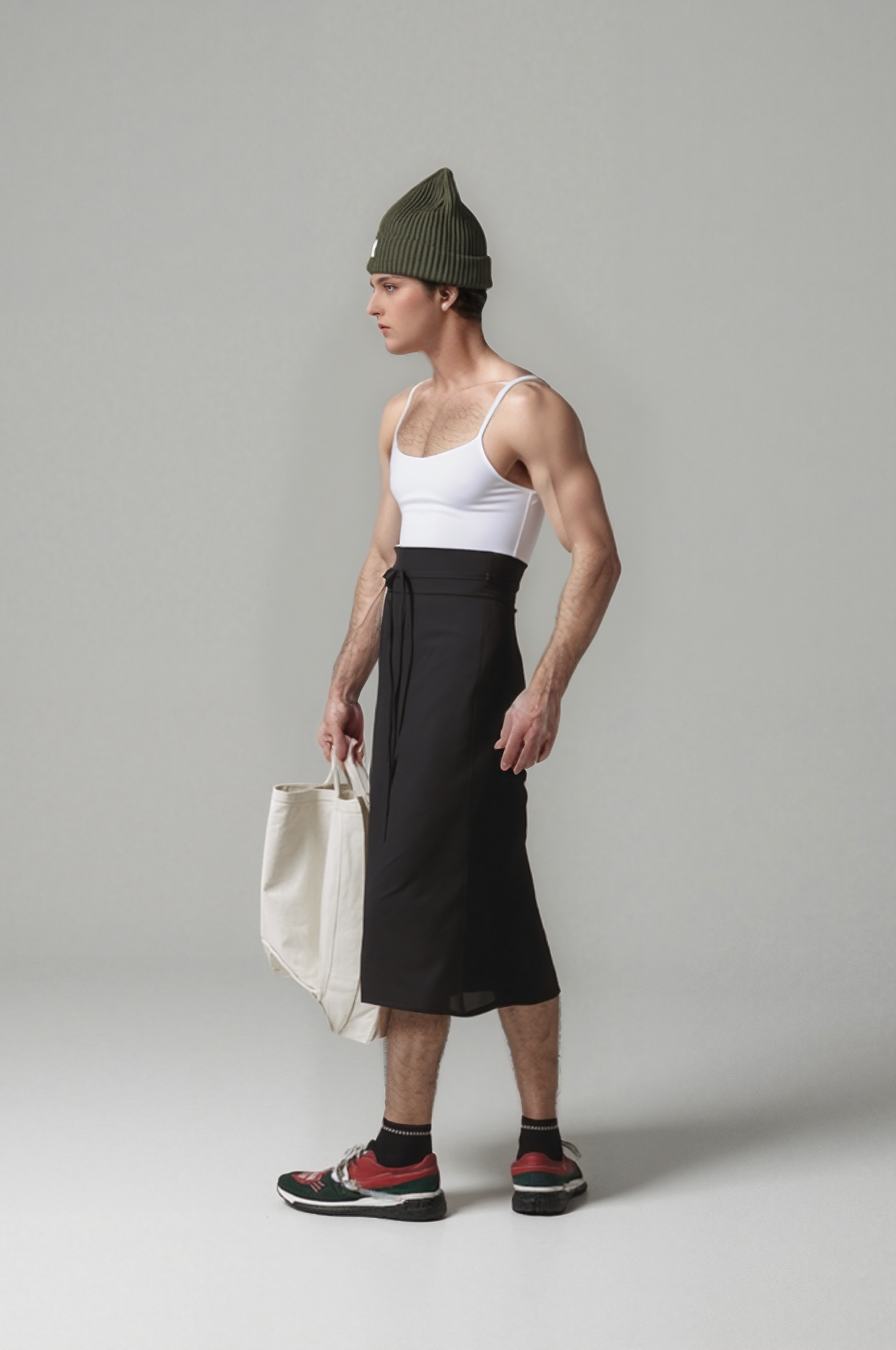Aesthetic photos play a crucial role in social media, as their visual appeal captivates audiences and turns profile visitors into followers. The human brain allocates 50% of its capacity to interpreting visual signals, underscoring the importance of aesthetics in communication. Crafting aesthetic photos and Facebook cover photos aesthetic is made easy with the right tools. Platforms such as Canva, Adobe Express etc provide user-friendly interfaces for creating breathtaking visuals. These tools enable users to effortlessly express their creativity, encouraging experimentation and making aesthetic design accessible to all.
Understanding Aesthetic Photos

What Makes a Photo Aesthetic?
Composition and Balance
Composition plays a vital role in creating aesthetic photos. Photographers use composition to arrange elements within the frame, ensuring visual harmony. Balance in a photo involves distributing visual weight evenly. Symmetry often enhances balance, drawing viewers’ attention to the focal point. Leading lines guide the viewer’s eye through the image, creating depth and interest. The rule of thirds divides the frame into nine equal parts, helping photographers position subjects for maximum impact.
Color Schemes and Filters
Color schemes significantly influence the mood and appeal of aesthetic photos. Complementary colors create contrast, while analogous colors offer harmony. Monochromatic color schemes provide simplicity and elegance. Filters enhance photos by altering colors and tones. Warm filters add coziness, while cool filters evoke calmness. Vintage filters introduce nostalgia, giving photos a timeless feel. Consistent use of color schemes and filters helps maintain a cohesive aesthetic.
Tools and Apps for Creating Aesthetic Photos
Popular Photo Editing Apps
Several apps like Flux1 assist users in crafting aesthetic photos effortlessly. PicsArt offers creative control with tools like AI photo effects and text overlays. Snapseed provides nondestructive editing, making it ideal for fine-tuning images. Photoleap by Lightricks focuses on layered images, offering extensive editing features. Lightroom excels in sorting and organizing images, along with powerful editing capabilities. WeShop AI helps you transform a portrait into a landscape or adapt a square post for a story or Facebook cover photo and more. Their AI understands image’s context, generating content that blends with the original. Many brands utilize influencer marketing to showcase these apps, demonstrating how they enhance visual storytelling and engagement. Incorporate all sizes such as Instagram, Facebook, YouTube, Pinterest and more.
Tips for Using Filters and Effects
Filters and effects transform ordinary photos into aesthetic masterpieces. Users should experiment with different filters to find the perfect match for their style. Subtle adjustments often yield the best results, enhancing without overpowering. Layering effects can add depth and complexity to images. Consistency in filter usage ensures a unified look across multiple photos. Regular updates to editing techniques keep photos fresh and aligned with current trends.
Designing Facebook Cover Photos

Importance of a Good Cover Photo
First Impressions and Branding
A Facebook cover photo serves as the first visual impression for visitors. A well-designed cover photo can effectively communicate a brand’s essence and mission. Companies often use Facebook cover photos to reflect their latest offerings. Aesthetic photos in cover designs enhance brand perception and engagement. Consistency in visual elements strengthens brand identity is important for social media and marketing.
Reflecting Personal Style
Facebook cover photos aesthetic can showcase personal style. Individuals can use cover photos to express unique tastes and interests. Aesthetic photos contribute to creating a visually appealing profile. Personal style in cover photos can attract like-minded individuals. A cohesive aesthetic enhances the overall appeal of a Facebook profile.
Step-by-Step Guide to Creating a Facebook Cover Photo Aesthetics
Choosing the Right Dimensions
The recommended size for Facebook cover photos is 820 pixels by 360 pixels. Proper dimensions ensure that the cover photo displays correctly on all devices. Designing within safe zones prevents important elements from being cut off. Using templates can simplify the process of selecting the right dimensions. Accurate sizing maintains the integrity of the aesthetic design.
Selecting Images and Graphics
Images and graphics play a crucial role in Facebook cover photos aesthetic. High-quality images enhance the visual appeal of the cover photo. Graphics can add unique elements that reflect personal or brand style. Consistent themes in images and graphics create a cohesive look. Experimentation with different visuals can lead to a distinctive aesthetic.
Adding Text and Personal Touches
Text can provide context and information in a Facebook cover photo. Fonts should align with the overall aesthetic of the profile. Personal touches, such as quotes or slogans, can add meaning to the cover photo. Text placement should not obstruct important visual elements. Regular updates to text keep the cover photo relevant and engaging.



Tips for Maintaining Aesthetic Consistency
Developing a Personal Style
A personal style in aesthetic photos creates a unique identity. A consistent color palette enhances this identity. Colors influence emotions and perceptions. Selecting a few colors helps maintain uniformity. This approach ensures that each photo aligns with the overall theme.
Consistent Color Palette
A consistent color palette involves choosing specific colors. These colors should reflect the desired mood. Warm colors convey energy and excitement. Cool colors evoke calmness and serenity. The chosen palette should appear in every photo. This technique strengthens the visual connection between images.
Signature Elements
Signature elements distinguish a personal style. These elements include specific objects or patterns. Repeated use of these elements fosters recognition. Viewers associate these elements with the creator. Signature elements enhance the uniqueness of aesthetic photos.
Regular Updates and Refreshes
Regular updates keep aesthetic photos fresh. Trends change frequently on social media platforms. Adapting to these changes maintains relevance. Seasonal updates introduce variety and interest. Each season offers different themes and colors. Incorporating these changes keeps content engaging.
Seasonal Changes
Seasonal changes provide new opportunities for creativity. Spring brings vibrant colors and blooming flowers. Summer offers bright sunlight and outdoor scenes. Fall introduces warm tones and cozy settings. Winter showcases cool hues and festive decorations. Each season inspires different aesthetic photos.
Keeping Up with Trends
Trends influence the perception of aesthetic photos. Social media platforms often highlight popular styles. Following these trends attracts more viewers. Staying informed about trends ensures content remains appealing. Regularly updating content with trendy elements captivates audiences.
A cohesive aesthetic attracts the right audience. Consistency in style converts visitors into followers. A strong visual identity leaves a lasting impression. This approach enhances engagement and interaction. Maintaining aesthetic consistency proves essential for success.



